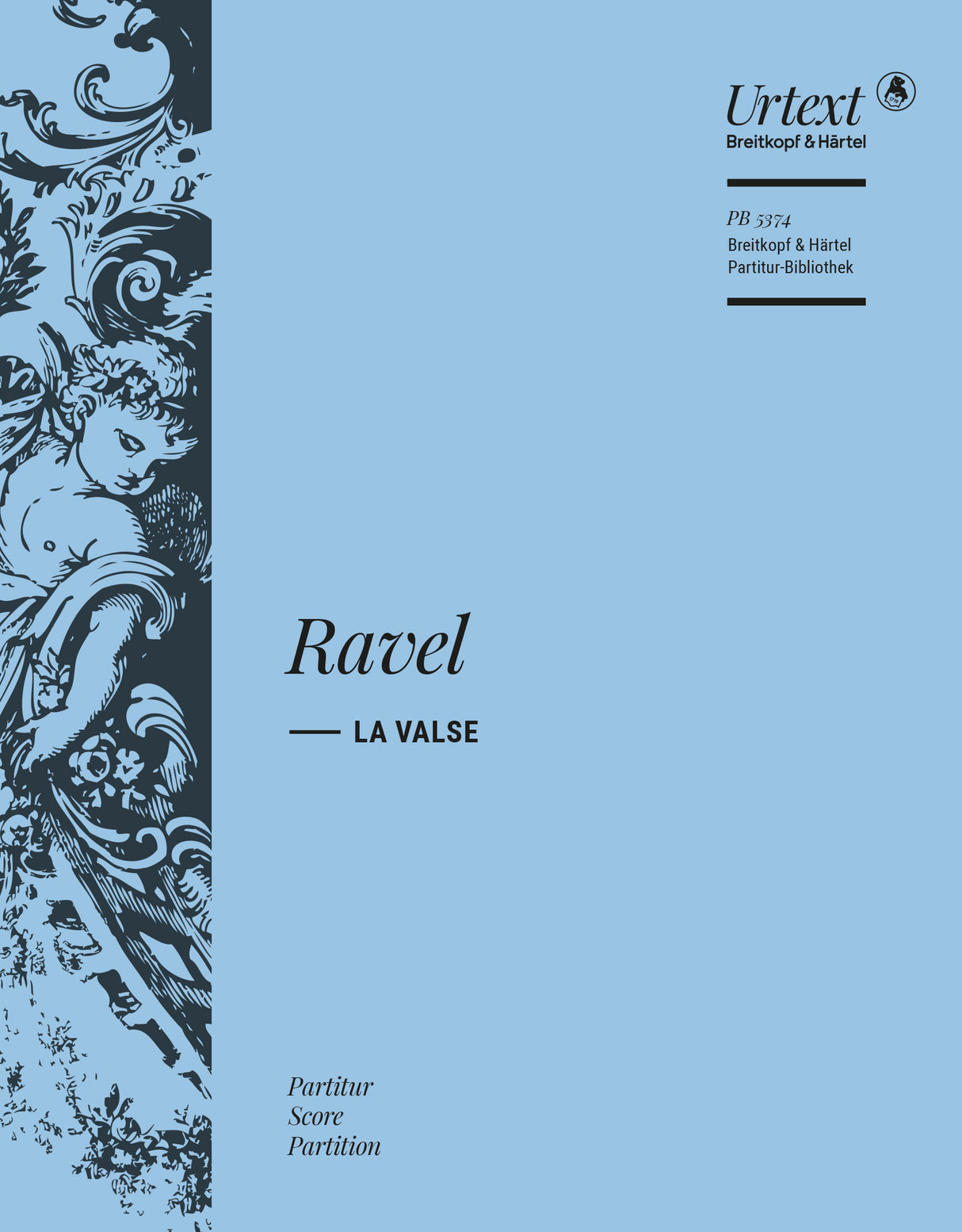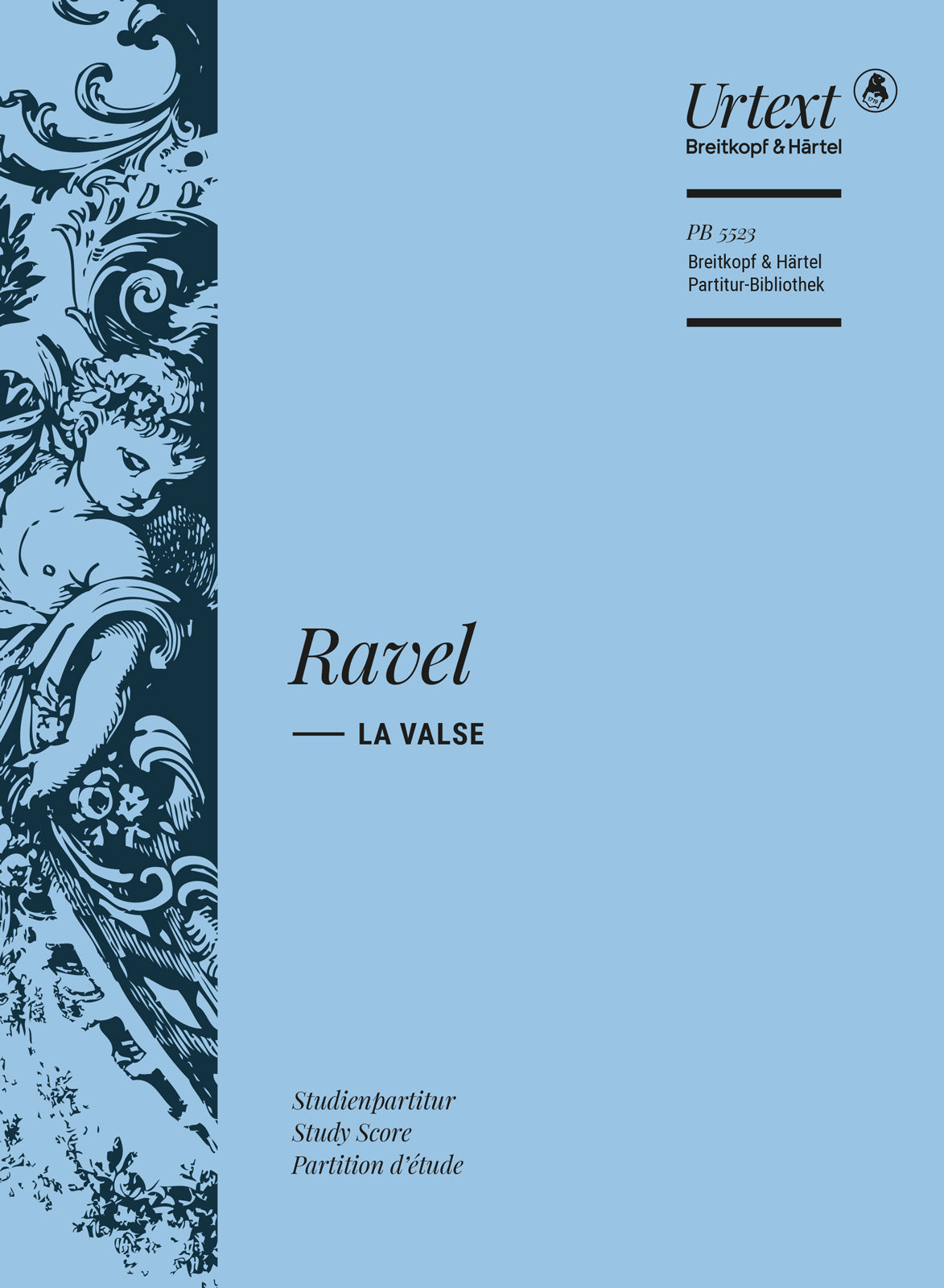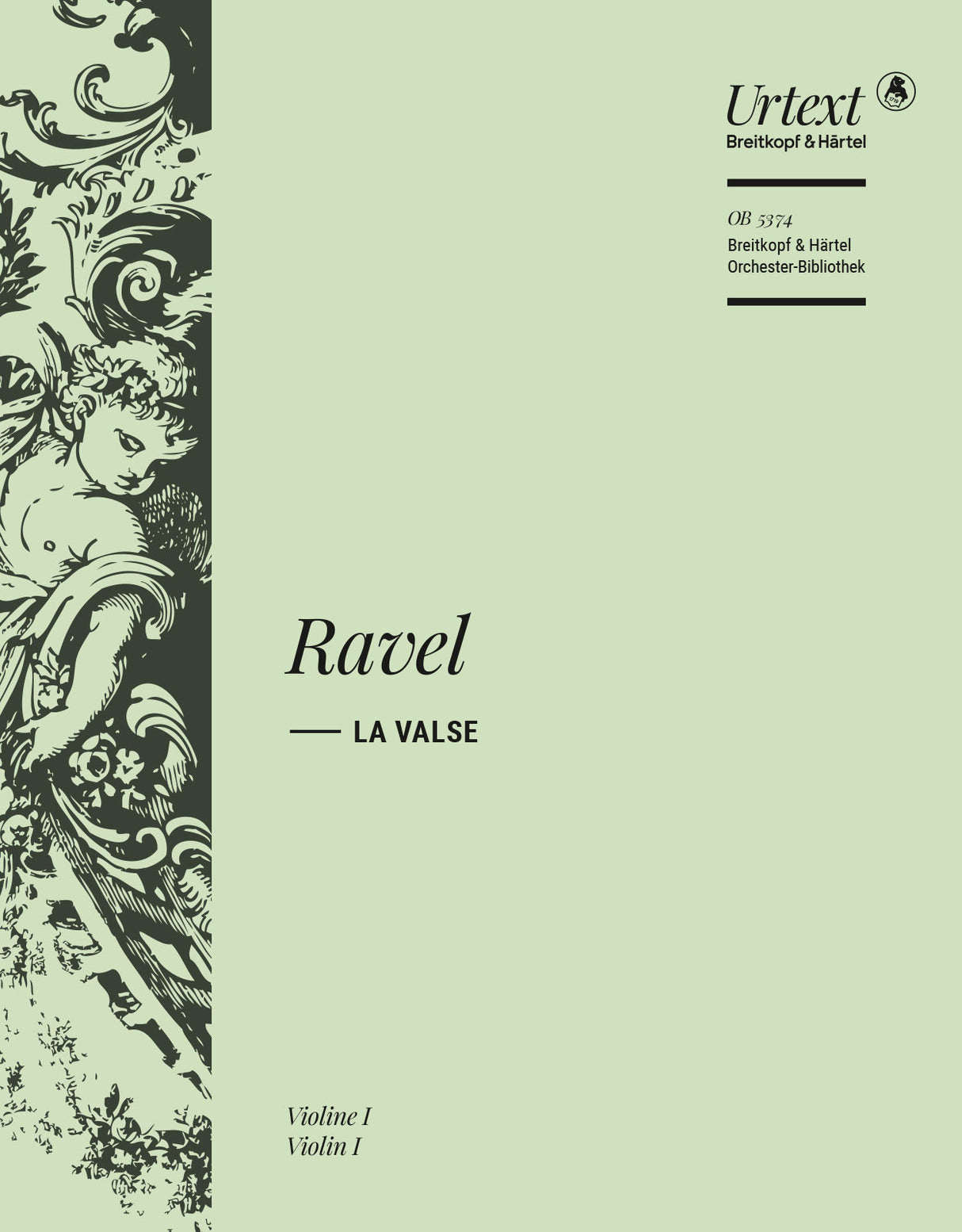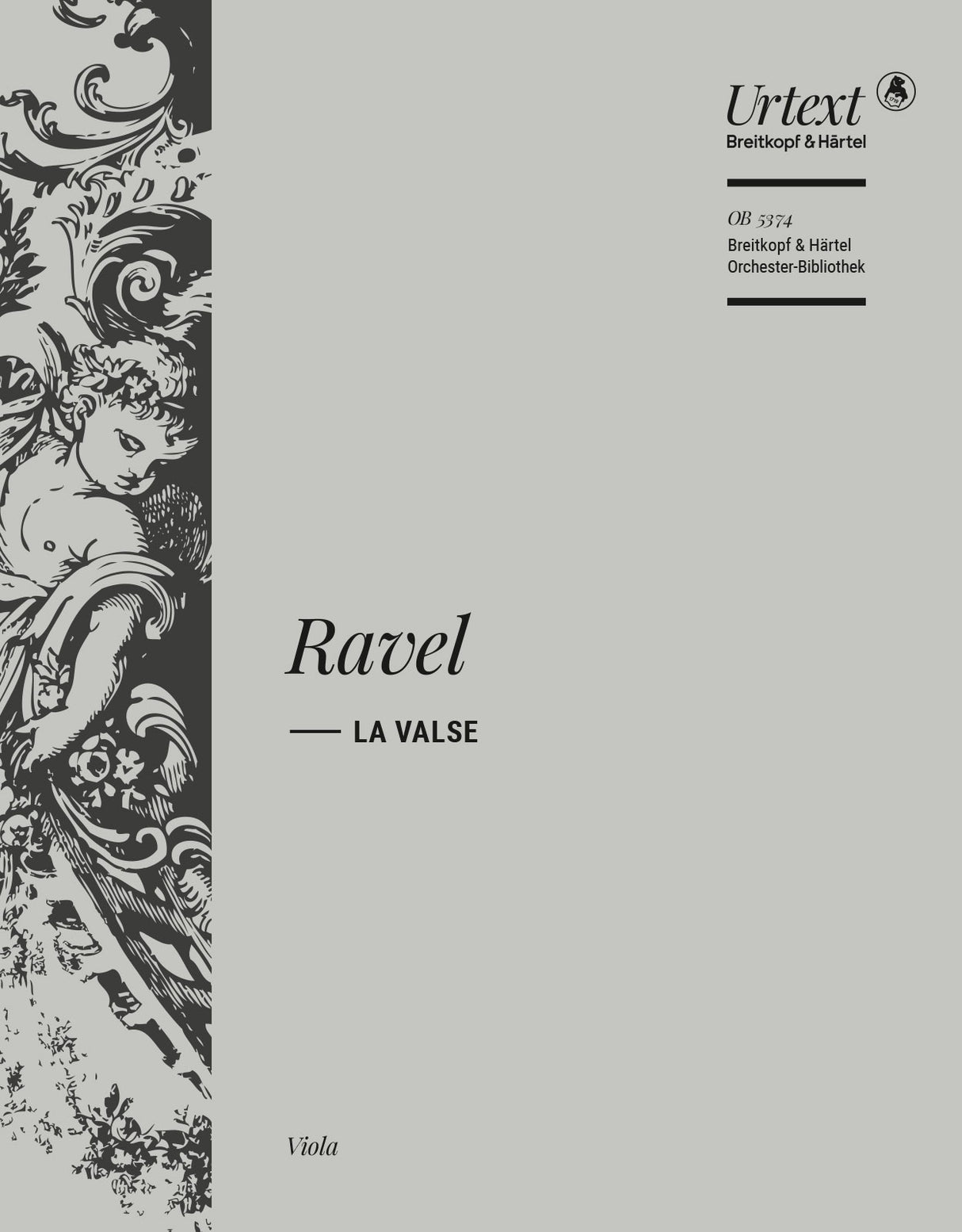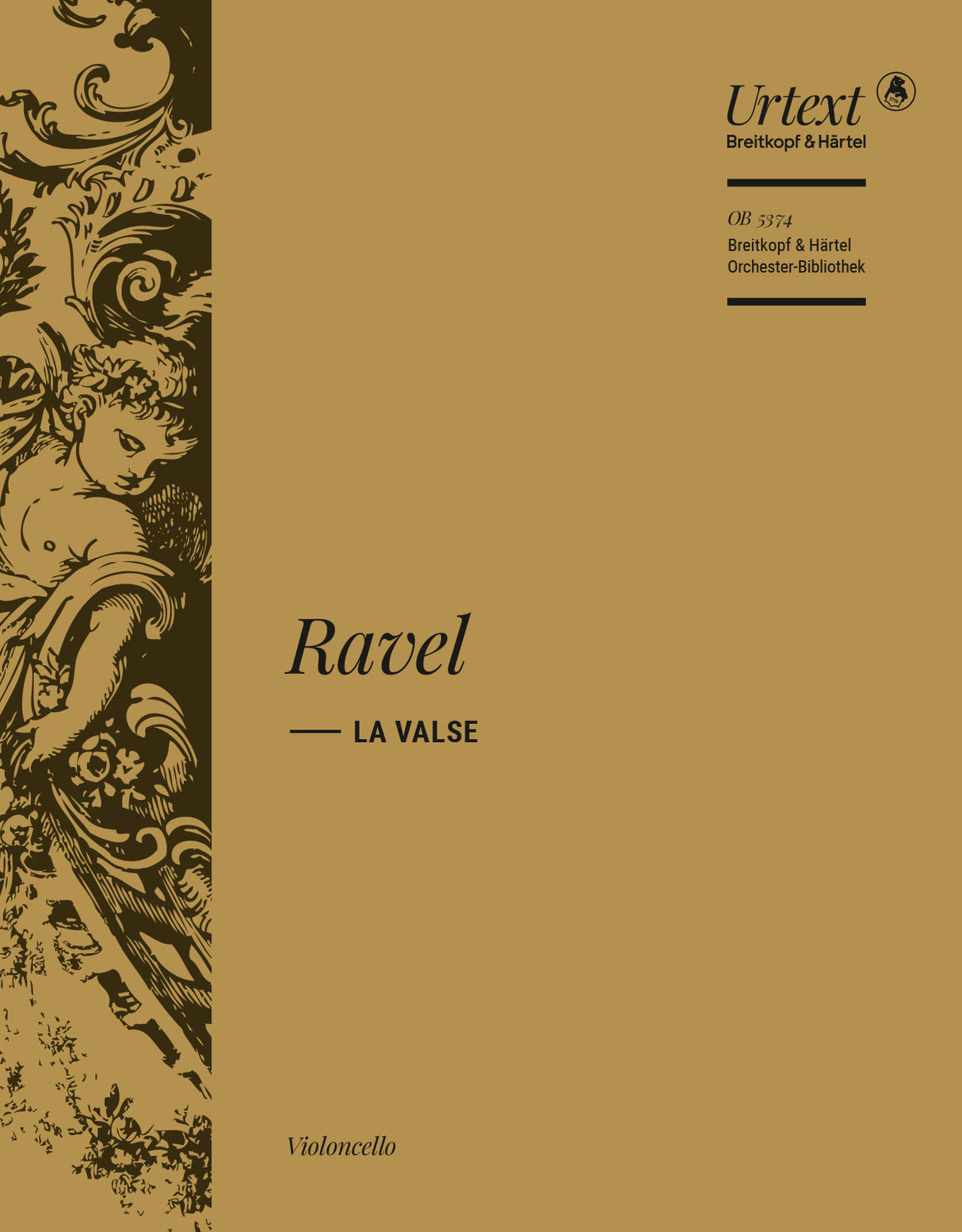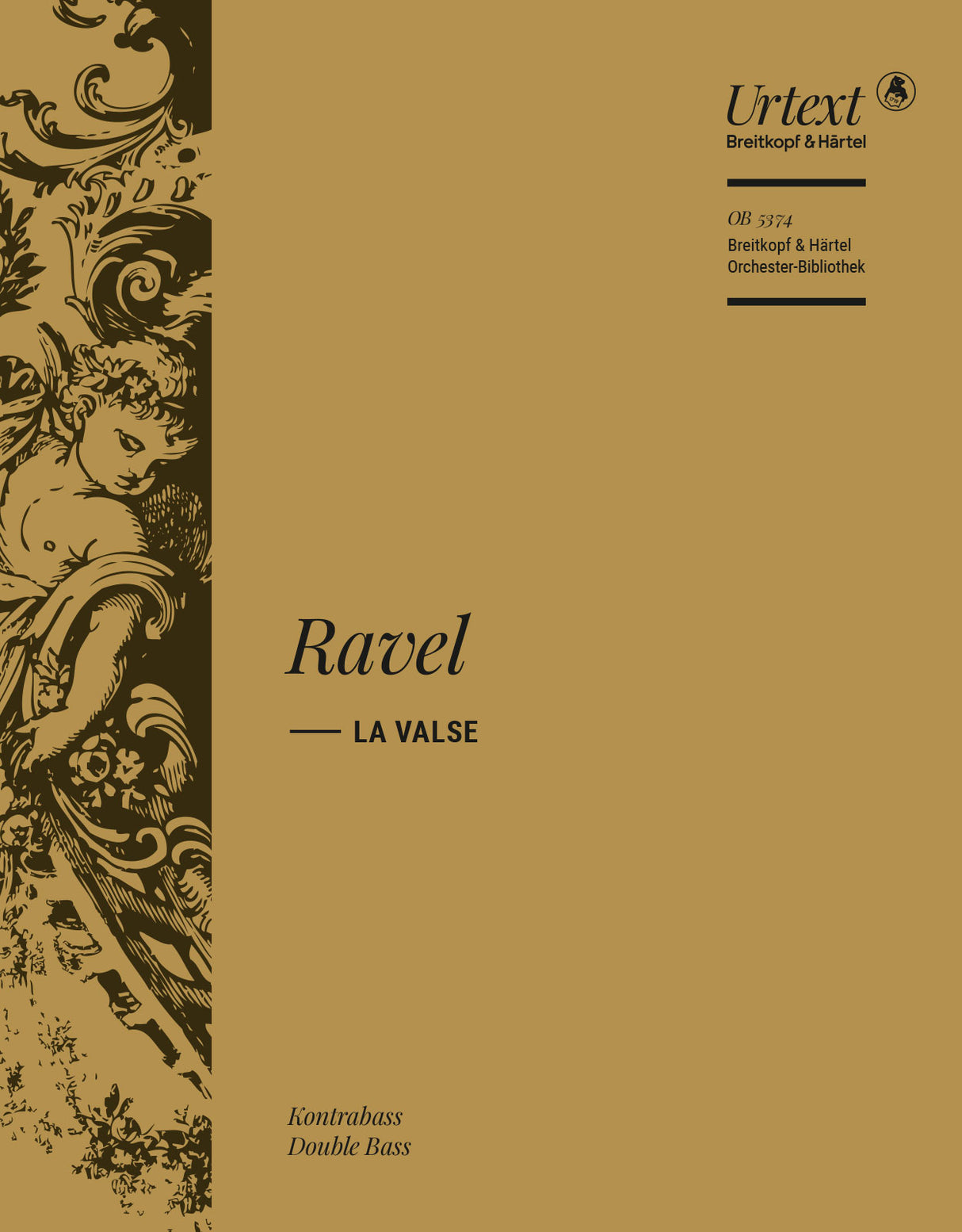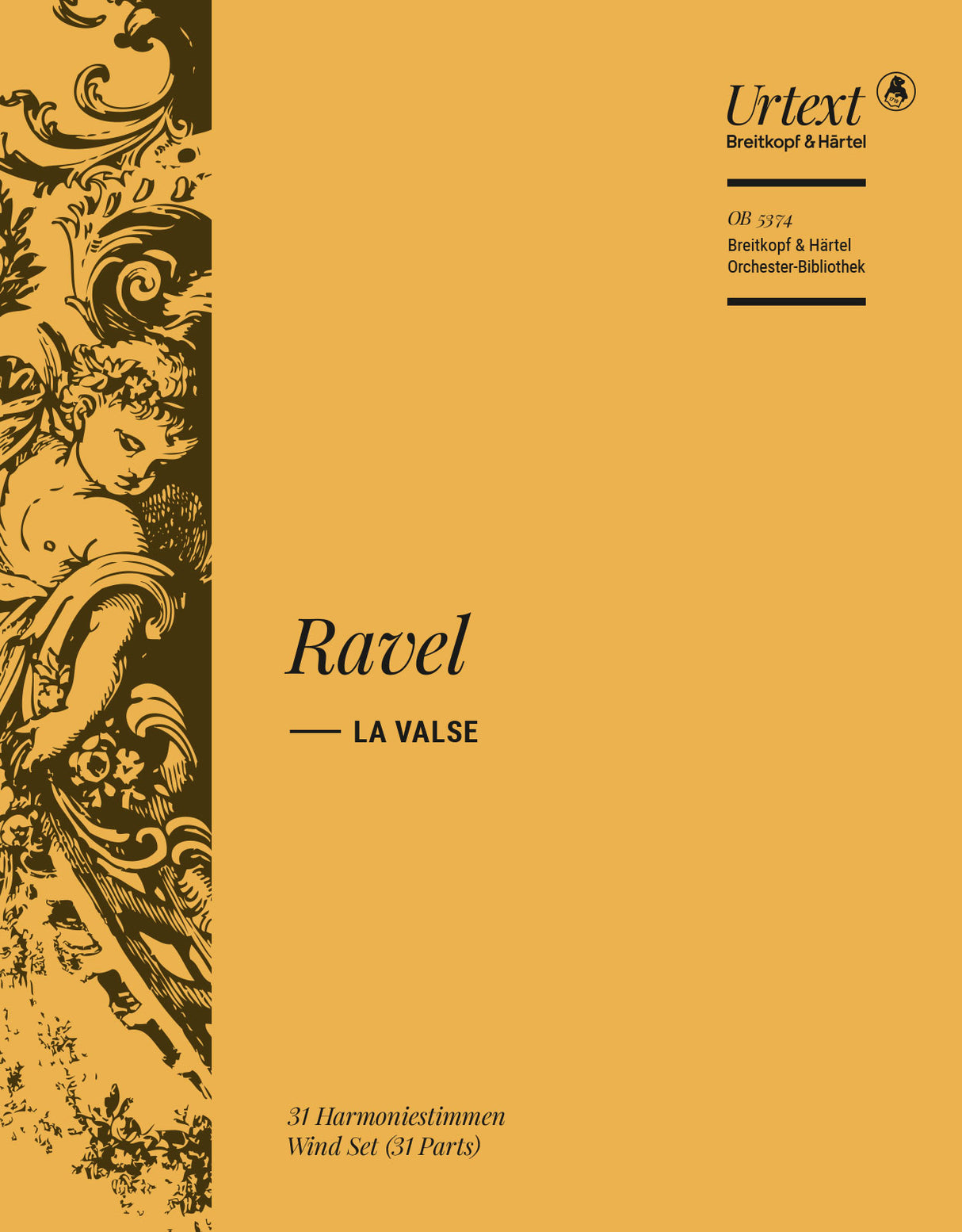Ravel: La Valse
In stock and typically ships within 1 business day.
- Composer: Maurice Ravel (1875-1937)
- Instrumentation: Orchestra
- Work: La Valse (Poème chorégraphique), M. 72
- ISMN:
- Size: 9.8 x 12.6 inches
- Pages: 124
- Urtext / Critical Edition
Description
Jean-François Monnard's Urtext edition is the first edition of La Valse that compares all relevant sources. The first edition of the score, published in 1921, was used as the source.
Errors and inconsistencies arising from the comparison with the previous edition were corrected on the basis of the autograph score. Moreover, the handwritten and printed piano versions also provide valuable insights into the works origin.
To this day, the soft opening measures of La Valse still represent a challenge to the interpretation. This problem preoccupied the sound aesthete Ravel up to the end of his life. This is the reason for which Manuel Rosenthal, a conductor and friend of Ravels, decided to retouch the opening measures. This is presented for the first time in the Critical Commentary to the new edition. Rosenthals suggestion allows a more differentiated sound of the double basses at the beginning.
Compared with the previous edition, this new Urtext edition optimizes and reduces the page turns in the orchestral parts. But wherever the page turns are inevitable and awkward, the edition provides a compelling solution by inserting extra pages as well as providing turning aids that allow a glimpse of what is coming on the next page.
"It was with great pleasure that the Alabama Symphony performed the new Breitkopf edition of Ravel's "La Valse" by Jean-Francois Monnard. This edition is a considerable accomplishment and deserves the highest praise. I have no doubt this is the edition that will become the standard for this work." (Charlie Harmon, Alabama Symphony Orchestra)
Publishers use a lot of words to describe what they sell, and we know it can be confusing. We've tried to be as clear as possible to make sure you get exactly what you are looking for. Below are descriptions of the terms that we use to describe the various formats that music often comes in.
Choral Score
A score for vocalists that only contains the vocal lines. The instrumental parts are not there for reference. Generally, cheaper than a vocal score and requires multiple copies for purchase.
Facsimile
Reproductions of the original hand-written scores from the composer.
Full Score
For ensemble music, this indicates that the edition contains all parts on a single system (there are not separate parts for each player). In larger ensembles, this is for the conductor.
Hardcover
Hardbound. Generally either linen-covered or half-leather.
Orchestral Parts
Similar to a wind set, this is a collection of parts. In the case of strings, the numbers listed are the number of copies included, though generally these are available individually (often with minimum quantities required).
Paperback
When publishers offer multiple bindings (e.g. hardcover) or study scores, this is the "standard" version. If you're planning to play the music, this is probably what you want.
Performance / Playing Score
A score of the music containing all parts on one system, intended for players to share. There are not separate parts for each player.
Set of Parts
For ensemble music, this indicates that there are separate individual parts for each player.
Solo Part with Piano Reduction
For solo pieces with orchestra, this is a version that contains a piano reduction of the orchestra parts. For piano pieces, two copies are typically needed for performance.
Study Score
A small (think choral size) copy of the complete score meant for studying, and not playing. They make great add-ons when learning concertos and small chamber works.
Vocal Score
A score prepared for vocalists that includes the piano/organ part or a reduction of the instrumental parts.
Wind Set
For orchestral music, this is a collection of wind and percussion parts. The specific quantities of each instrument are notated.
With Audio
In addition to the printed music, the edition contains recordings of the pieces. This may be an included CD, or access to files on the internet.
With / Without Fingering (Markings)
Some publishers prepare two copies - a pure Urtext edition that includes no fingering (or bowing) suggestions and a lightly edited version that includes a minimal number of editorial markings.

